21 Wild Animals in New South Wales [Wildlife in New South Wales]
Want to know more about the wildlife in New South Wales, Australia?
Discover 21 wild animals in New South Wales in this post, as well as interesting facts about them. 🇦🇺
Native Animals from New South Wales
New South Wales is one of the smaller states of Australia, and the most populous one. It is located in the eastern part of the country, has a population of more than 8 million, was founded as a British penal colony in 1788, and used to make up for about half of the entire mainland Australia. It is bordered by the other Australian states of South Australia, Victoria, and Queensland, and its capital and largest city is Sydney, which counts more than 5,231,000 inhabitants, and is Australia’s most populated city.
An interesting part of this region that I wanted to tackle is its wildlife. In light of that, I have listed the best of it, and I hope you will love learning what animals live in New South Wales.
Here’s the New South Wales animals list.
1. Rakali
- Name: Rakali
- Scientific name: Hydromys chrysogaster
- Conservation status:
The rakali, also known as the water rat or the rabe, is a rodent native to Australia and also found in the neighboring countries of Papua New Guinea and Indonesia. Formerly known as the water rat, its name was changed to the aboriginal title in order to sensitize public opinion.
This large rodent feeds on insects, fish, mussels, snails, frogs, eggs, birds, and crustaceans, and it can be found all around the eastern half of Australia, as well as its southwestern tip and its northern coastline.
Best spot to see this animal: Dubbo
2. Southern right whale
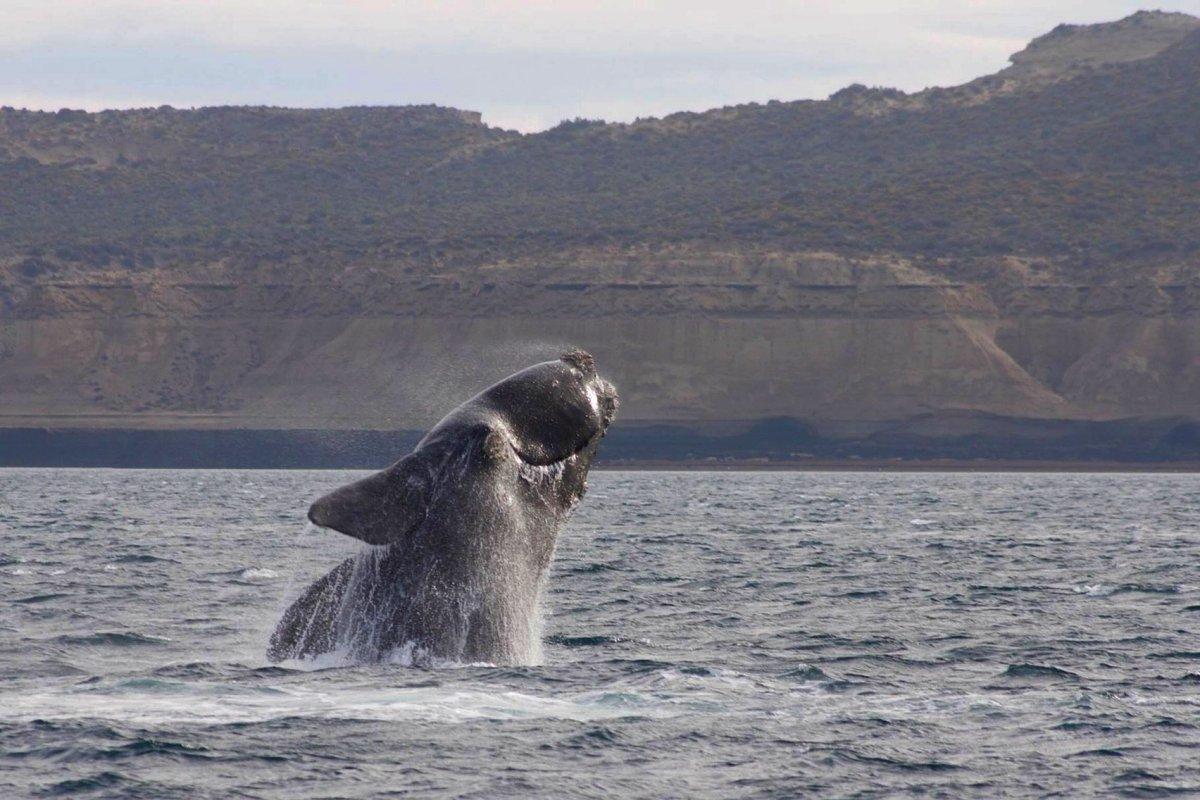
- Name: Southern right whale
- Scientific name: Eubalaena australis
- Conservation status:
The southern right whale is a species of baleen whale native to the southern parts of the globe. It has always been present around the New South Wales, Western Australia, and Queensland waters, and can now be found off the coasts of the entire country.
This whale is threatened by ship strikes and entanglement in fishing gear, which cuts through its skin and can cause serious infections. Other factors include noise disturbance and human encroachment.
Best spot to see this animal: Wallis Lake
3. Channel-billed cuckoo
- Name: Channel-billed cuckoo
- Scientific name: Scythrops novaehollandiae
- Conservation status:
The channel-billed cuckoo is the largest species of cuckoo in the world. It can be found in Australia, Indonesia, and New Guinea, and sometimes wanders around New Zealand and New Caledonia.
Interestingly enough, this bird is the largest brood parasite on the planet, meaning it tricks other species to raise its young using egg mimicry and making it think it is its own young, a truly unique behavior seen in insects, birds, and fish!
Best spot to see this animal: Sydney
4. Black-necked stork
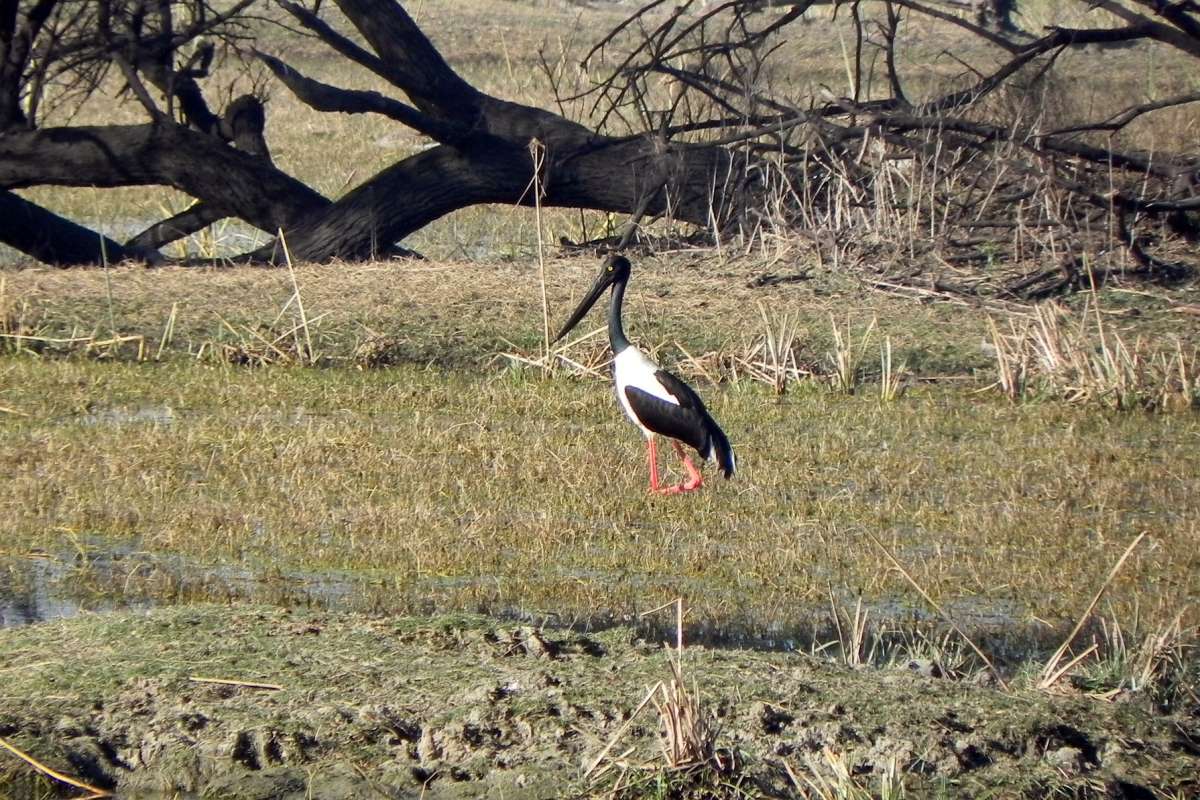
- Name: Black-necked stork
- Scientific name: Ephippiorhynchus asiaticus
- Conservation status:
The black-necked stork is a tall species of wading bird found across the Indian subcontinent, Southeast Asia, and northern Australia and neighboring islands. It inhabits wetland habitats and fields, where it hunts for a wide variety of animal prey such as birds, fish, reptiles, and amphibians.
This bird is mostly mute, and it lives either alone, in pairs, or in small family groups, although some flocks of up to 15 members were already observed.
Best spot to see this animal: Shoalhaven River
5. European fallow deer
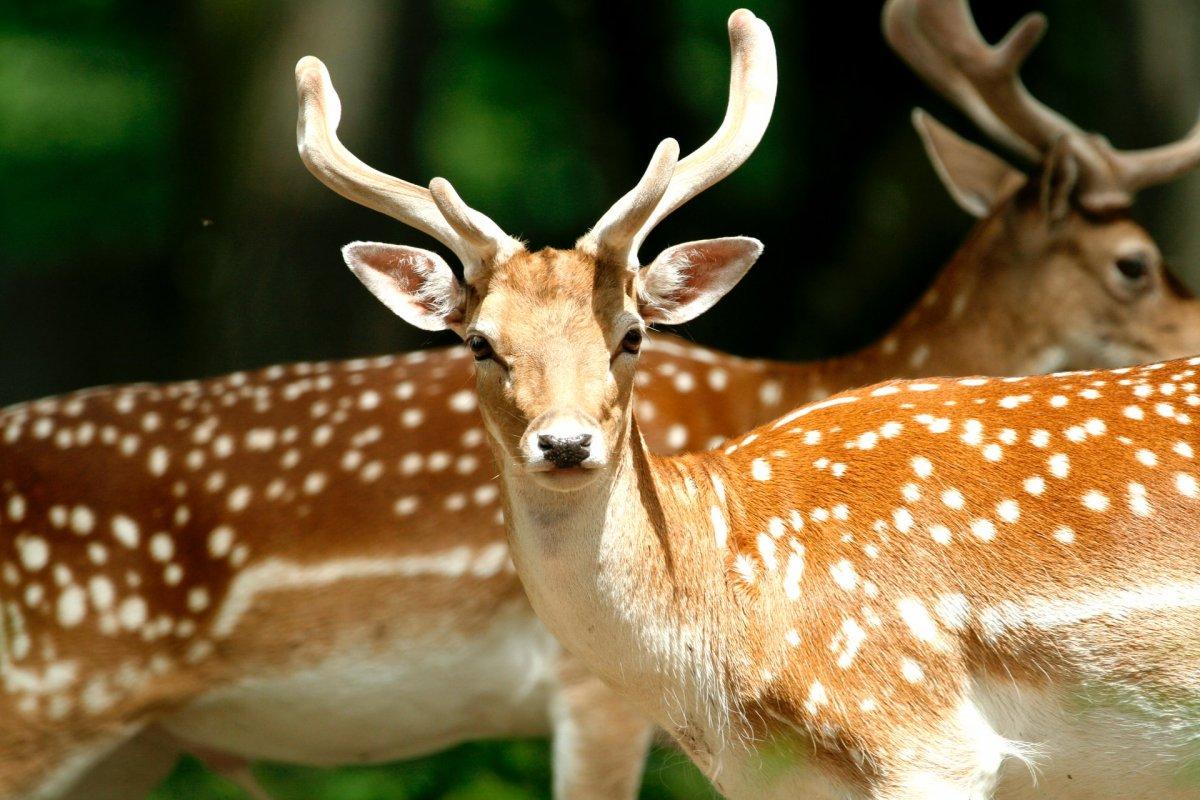
- Name: European fallow deer
- Scientific name: Dama dama
- Conservation status:
The European fallow deer, also known as the common fallow deer or simply the fallow deer, is a species of mammal native to much of Europe and introduced to lots of other parts of the World, including South Africa, Argentina, Canada, and Australia.
This deer arrived in New South Wales during the 1880s and in Tasmania in 1830. Since then, it has spread through the entire country and is now sometimes considered a pest species and a popular game animal.
Best spot to see this animal: Glen Innes
6. Greater bilby
- Name: Greater bilby
- Scientific name: Macrotis lagotis
- Conservation status:
The greater bilby, also known as the rabbit-eared bandicoot, the pinkie, or the dalgyte, is a species of mammal found in much of western Australia and locally extinct in New South Wales, although it used to be present in the state.
Overall, this nocturnal, omnivorous mammal is on the decline, and it is classified as vulnerable to extinction, mainly due to competition with other animals and habitat loss.
Best spot to see this animal: Griffith
7. Common wombat
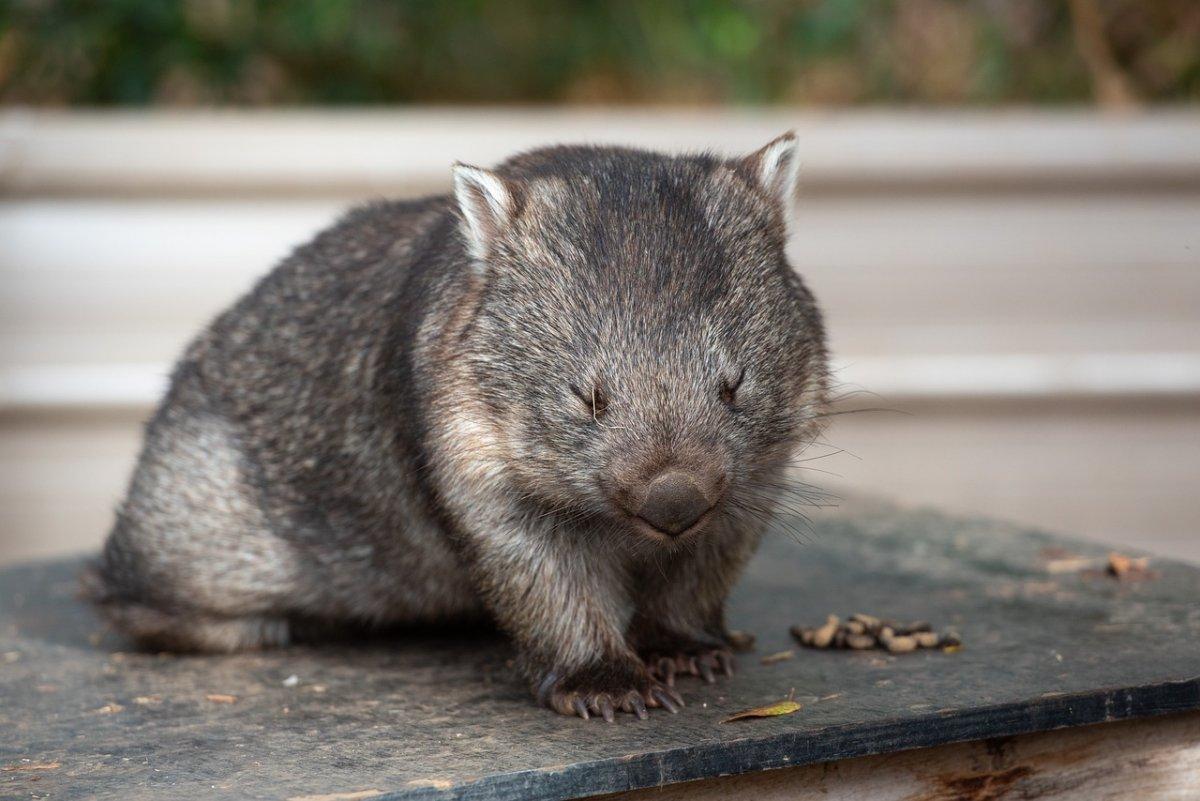
- Name: Common wombat
- Scientific name: Vombatus ursinus
- Conservation status:
The common wombat, also known as the bare-nosed wombat or the coarse-haired wombat, is yet another fantastic Australian creature. It can grow to a pretty large size of about 98 cm / 38 in length and weigh as much as 26 kg / 57 lb.
This marsupial is sturdy and has short legs. It is widespread in the cooler, water parts of eastern and southern Australia, as well as Tasmania, and can only be found in higher, mountainous areas in the northern parts of its range.
Best spot to see this animal: Kangaroo Valley
8. Platypus
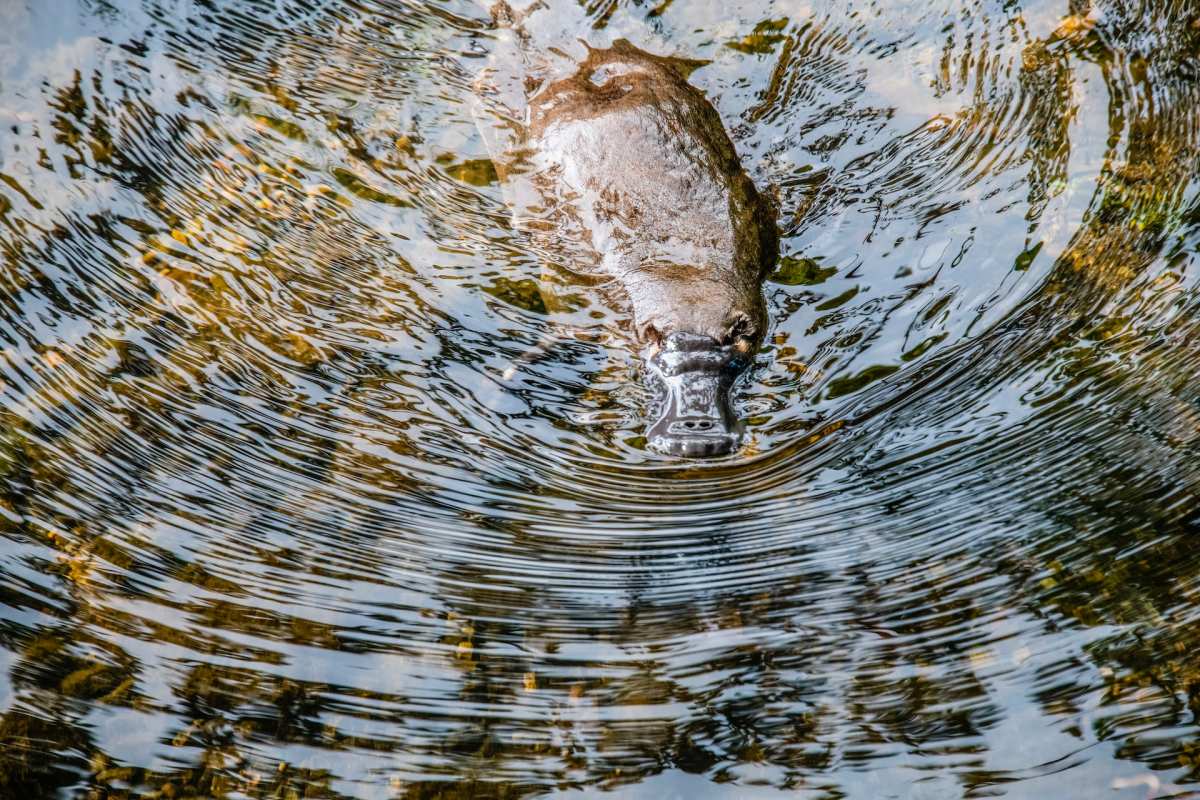
- Name: Platypus
- Scientific name: Ornithorhynchus anatinus
- Conservation status:
The platypus, also known as the duck-billed platypus, is a unique species of egg-laying mammal endemic to Australia. It is the state emblem of New South Wales and is another reason for Australia to be proud of its wonderful wildlife.
Despite its innocent looks, it is one of the few species of venomous mammals, and its toxins are actually very powerful, being able to kill domestic dogs and leave humans incapacitated.
Best spot to see this animal: Nymboida River
9. Wedge-tailed eagle
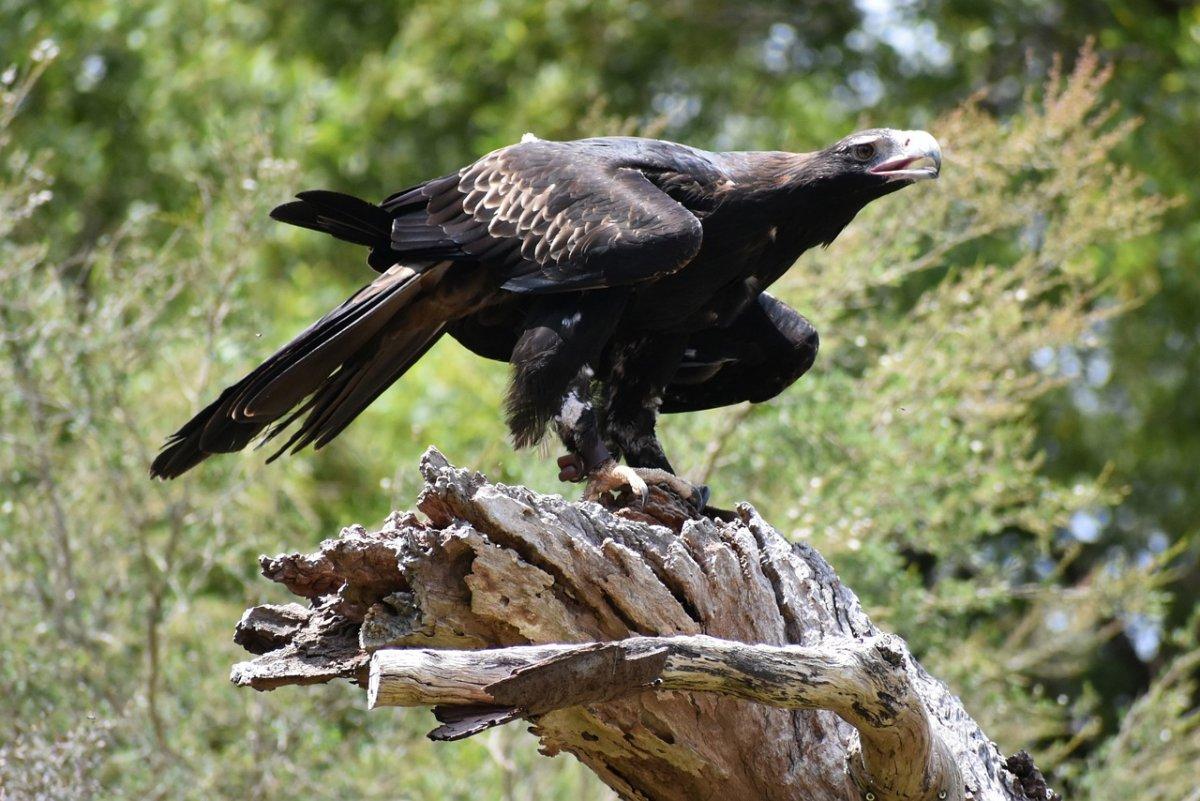
- Name: Wedge-tailed eagle
- Scientific name: Aquila audax
- Conservation status:
The wedge-tailed eagle is the largest bird of prey in Australia. It is spread all around the country, even in Tasmania and in southern New Guinea, and it has broad, long wings with a very long and strong beak.
This eagle inhabits most of New South Wales’ environments, from mountainous areas to tropical rainforests, and even semi-deserts and deserts. It builds a large stick nest in a wide try and lays 1 to 4 eggs at a time.
Best spot to see this animal: Symbio Wildlife Park
10. Kultarr
- Name: Kultarr
- Scientific name: Antechinomys laniger
- Conservation status:
The kultarr is a small species of marsupial native to the arid central lands of Australia. It usually inhabits the shrublands, woodlands, open plains, grasslands, and stony deserts of New South Wales, and is an insectivorous animal that feeds on spiders, crickets, beetles, and cockroaches.
Ever since the Europeans settled in Australia, the range of the kultarr has declined due to introduced predators and changes in land management practices.
Best spot to see this animal: Cobar
11. Southern greater glider
- Name: Southern greater glider
- Scientific name: Petauroides volans
- Conservation status:
The southern greater glider is a subspecies of the greater glider, a kind of large gliding marsupial native to the forests of southeastern and eastern Australia. Its range is actually pretty small, but the exact border between that and the central greater glider remains unknown.
This marsupial has suffered a lot from logging in New South Wales, and it is the most endangered of the three greater glider subspecies.
Best spot to see this animal: very rarely in the coastal, southeastern forests
12. Superb parrot
- Name: Superb parrot
- Scientific name: Polytelis swainsonii
- Conservation status:
The super parrot, also known as the green leek parrot, the Barraband’s parrot, or the Barraband’s parakeet, is just as beautiful as its name implies. It is native to southeastern Australia, and is mostly bright green, but has a yellow throat and forehead, as well as a red band across its throat.
This parrot is endemic to Australia, and there are at least 10,000 individuals in the wild, which is why it is considered of least concern.
Best spot to see this animal: Barmah-Millewa
13. Southern brown bandicoot
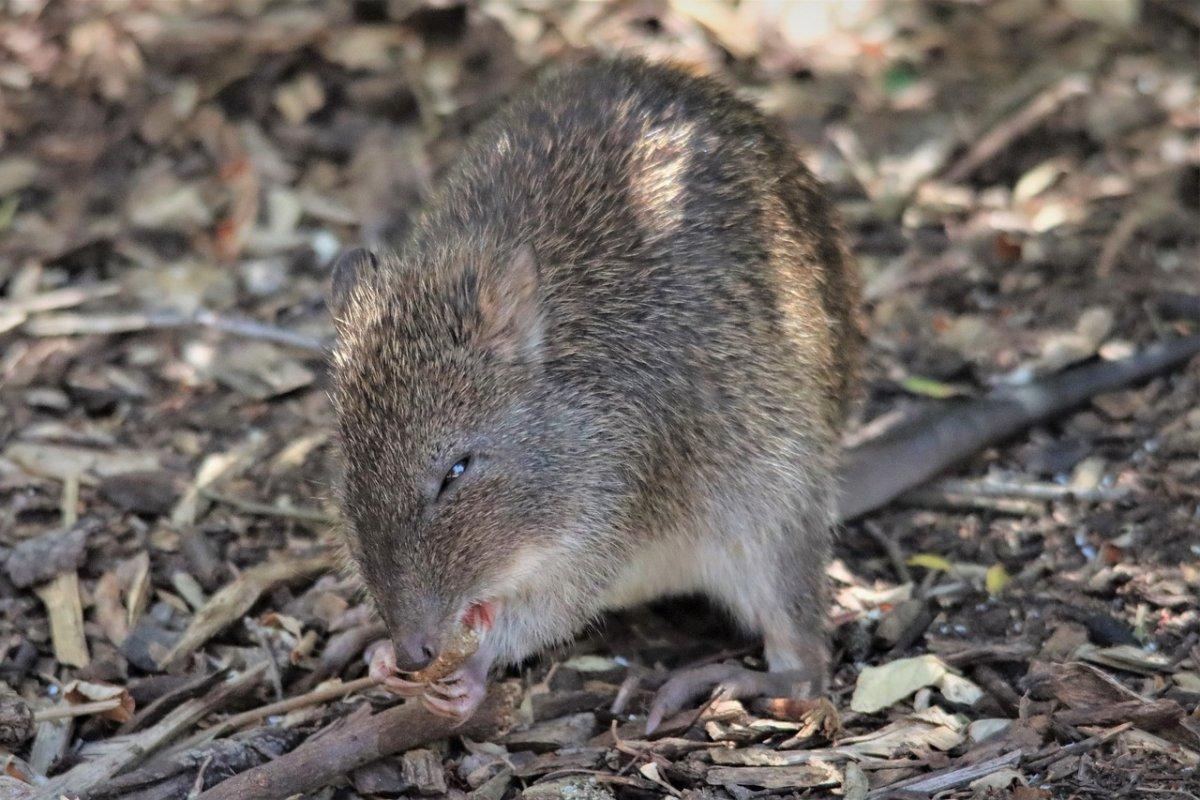
- Name: Southern brown bandicoot
- Scientific name: Isoodon obesulus
- Conservation status:
The southern brown bandicoot is a species of marsupial native to southern Australia and found in scattered, small populations across the rest of the country. It has a short snout and a stocky body, and females are smaller than males.
This bandicoot used to be common around all coastal areas of Australia, but its distribution is now much more limited. Apart from a population on Cape York Peninsula, all individuals are spread throughout the southern half of the country, and they are pretty rare in New South Wales.
Best spot to see this animal: national parks around Sydney
14. South Australian fur seal
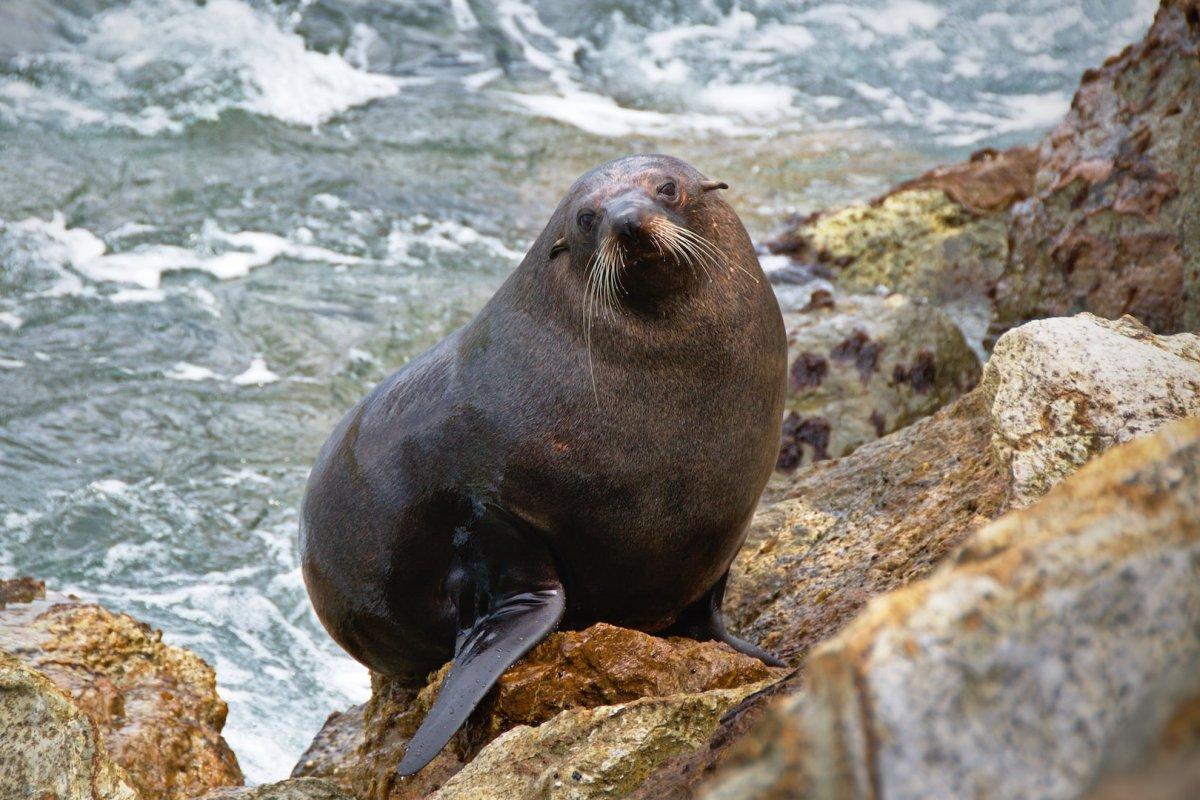
- Name: South Australian fur seal
- Scientific name: Arctocephalus forsteri
- Conservation status:
The South Australian fur seal, also known as the New Zealand fur seal, the Antipodean fur seal, or the long-nosed fur seal, is a species of fur seal found around southern Australia and New Zealand. After becoming near-extinct after the arrival of Europeans in Australia and New Zealand, it has recovered from much of its losses and is now very common within its range.
This seal can be found in the coastal waters of New South Wales, as well as that of Victoria, Western Australia, and South Australia.
Best spot to see this animal: coastline of Central Coast
15. Eastern gray kangaroo
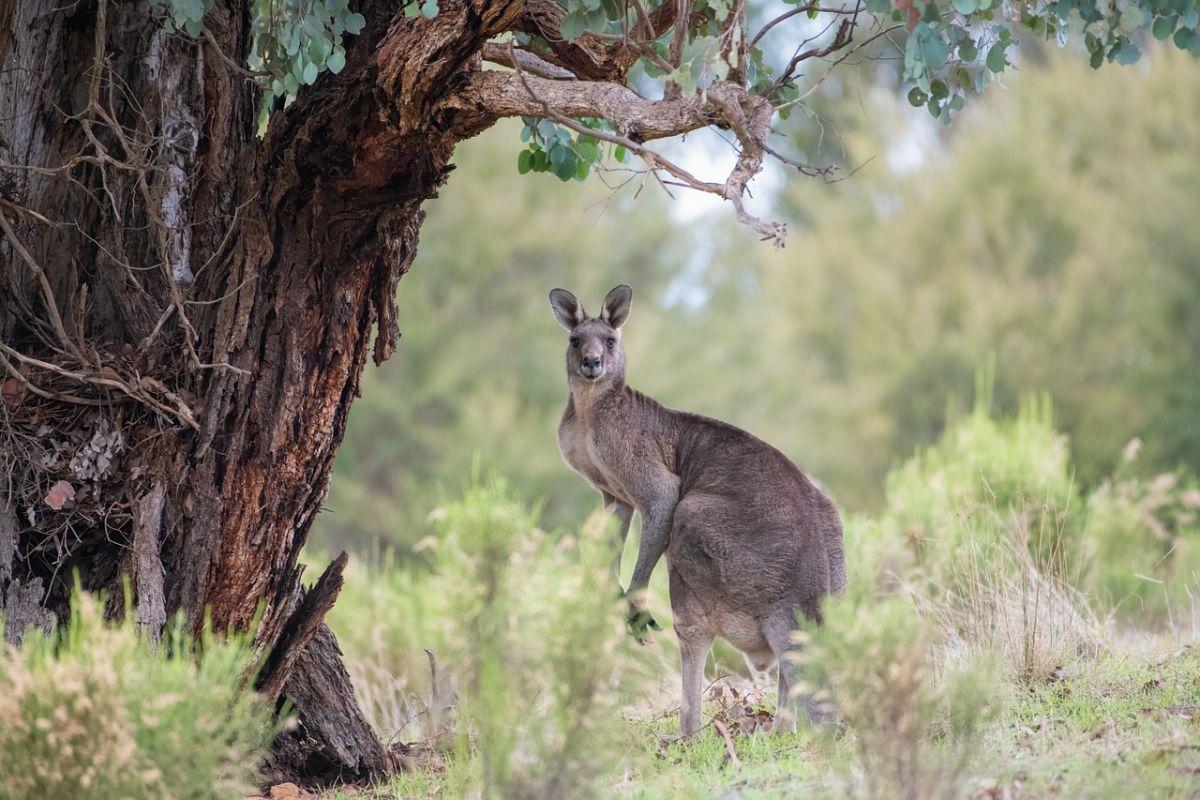
- Name: Eastern gray kangaroo
- Scientific name: Macropus giganteus
- Conservation status:
The eastern gray kangaroo, also known as the forester kangaroo or the great gray kangaroo, is another species of kangaroo found in Australia. It is found throughout all the eastern third of the country, and its population is made up of several millions of individuals.
This kangaroo is easier to encounter than the red kangaroo, due to its adaptability and its tendency to live around the major cities of the coast.
Best spot to see this animal: Brunkerville
16. Swamp wallaby
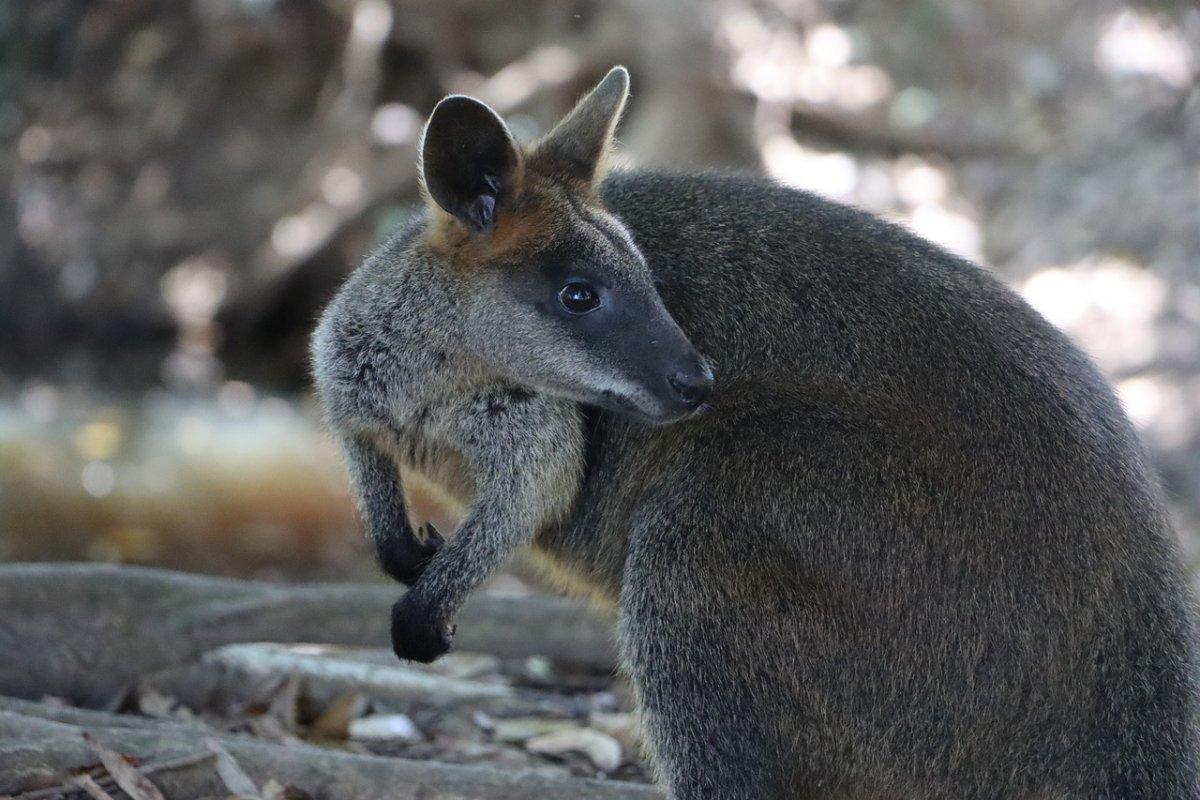
- Name: Swamp wallaby
- Scientific name: Wallabia bicolor
- Conservation status:
The swamp wallaby, also known as the black stinker in New South Wales, the black-tailed wallaby, the black pademelon, or the fern wallaby, is a small species of marsupial endemic to the eastern regions of Australia. It can be found all around the coastline of New South Wales, usually in woodlands and forests with ferns and thick grass.
This animal is solitary, although it often gathers in small groups when feeding. It eats a wide range of plant matter, depending on availability.
Best spot to see this animal: all around the coastline of New South Wales
17. Dingo
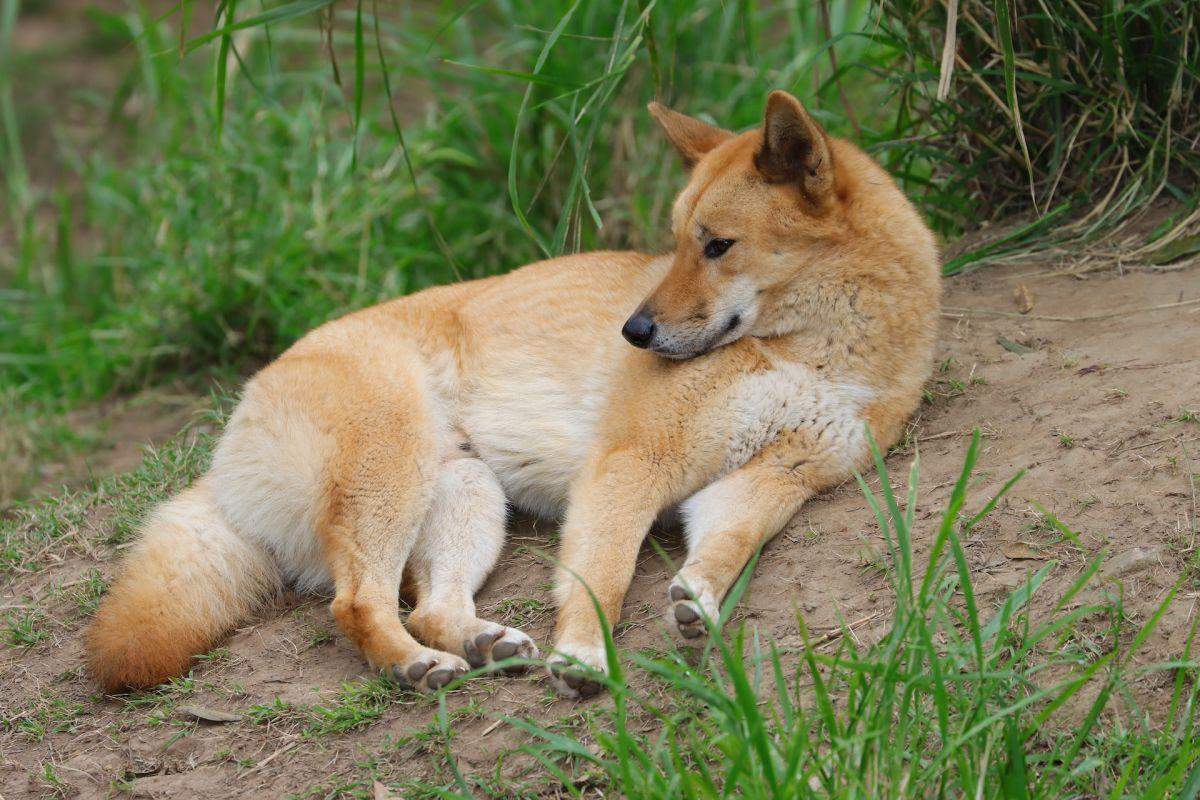
- Name: Dingo
- Scientific name: Canis dingo
- Conservation status:
The dingo is the endemic dog species in Australia. It is very skinny and has an athletic body, ideal for stamina and speed, and is so numerous that it is often considered a pest.
This canine can mostly be found all around central Australia and avoids fertile and populated areas. In New South Wales, it inhabits the north, and south of the Dingo Fence. It has had a very long history of interactions with humans and played an important role in indigenous Australians’ stories.
Best spot to see this animal: Blue Mountains
18. Indo-Pacific bottlenose dolphin
- Name: Indo-Pacific bottlenose dolphin
- Scientific name: Tursiops aduncus
- Conservation status:
The Indo-Pacific bottlenose dolphin is a species of bottlenose dolphin found around the coasts of much of the Indo-Pacific, from South Africa to the Indian subcontinent and Australia. It can grow up to 2.6 m / 8.5 ft long, and weigh as much as 230 kg / 510 lb!
This dolphin primarily feeds on several species of squid, but also fish. It lives in groups of sometimes several hundreds of individuals, although the most common size is about 15.
Best spot to see this animal: Jervis Bay
19. Black flying fox
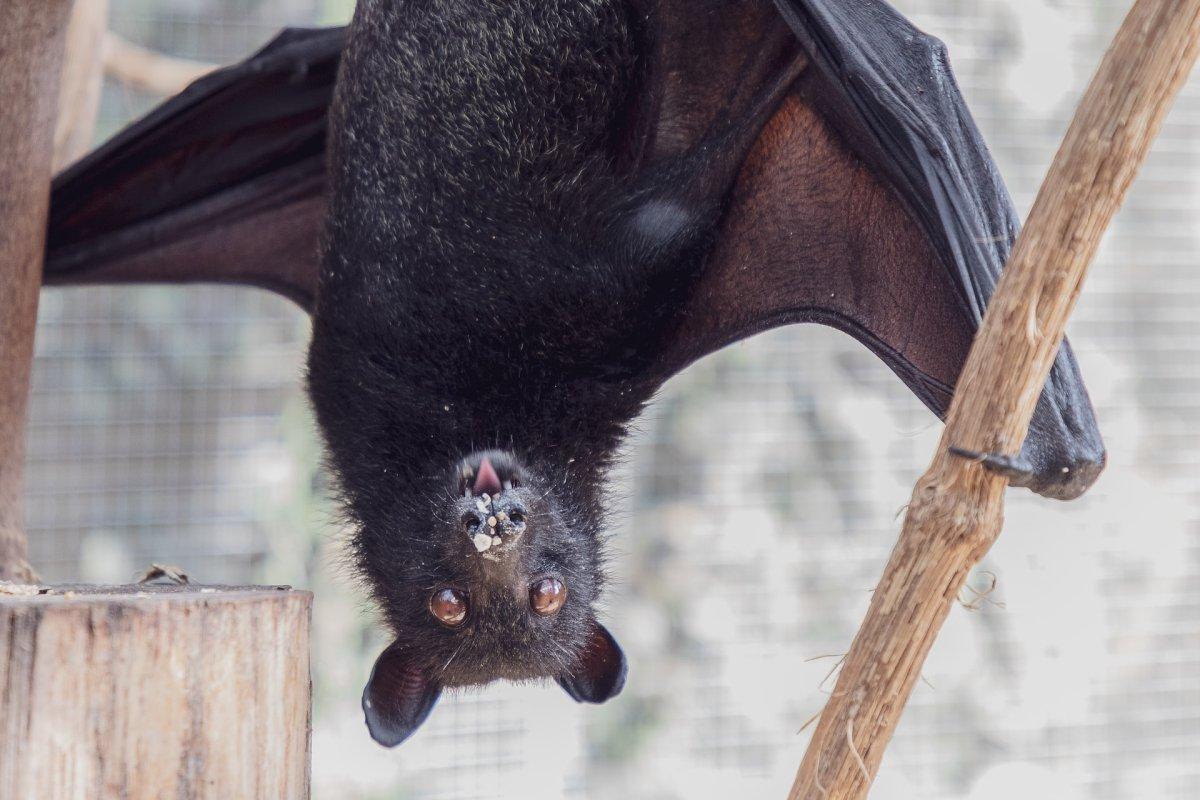
- Name: Black flying fox
- Scientific name: Pteropus alecto
- Conservation status:
The black flying fox, also known as the black fruit bat, is one of the largest bats in the world. It can be found in Australia, Indonesia, and Papua New Guinea, and is overall not threatened whatsoever.
As its other name suggests, the black flying fox feeds on fruit, but also nectar and pollen, especially that of native eucalyptus, paperbark, lillypillies, and turpentine trees. Due to only 2 isolated cases of virus transmission, this bat has a negative public perception.
Best spot to see this animal:
20. Short-beaked echidna
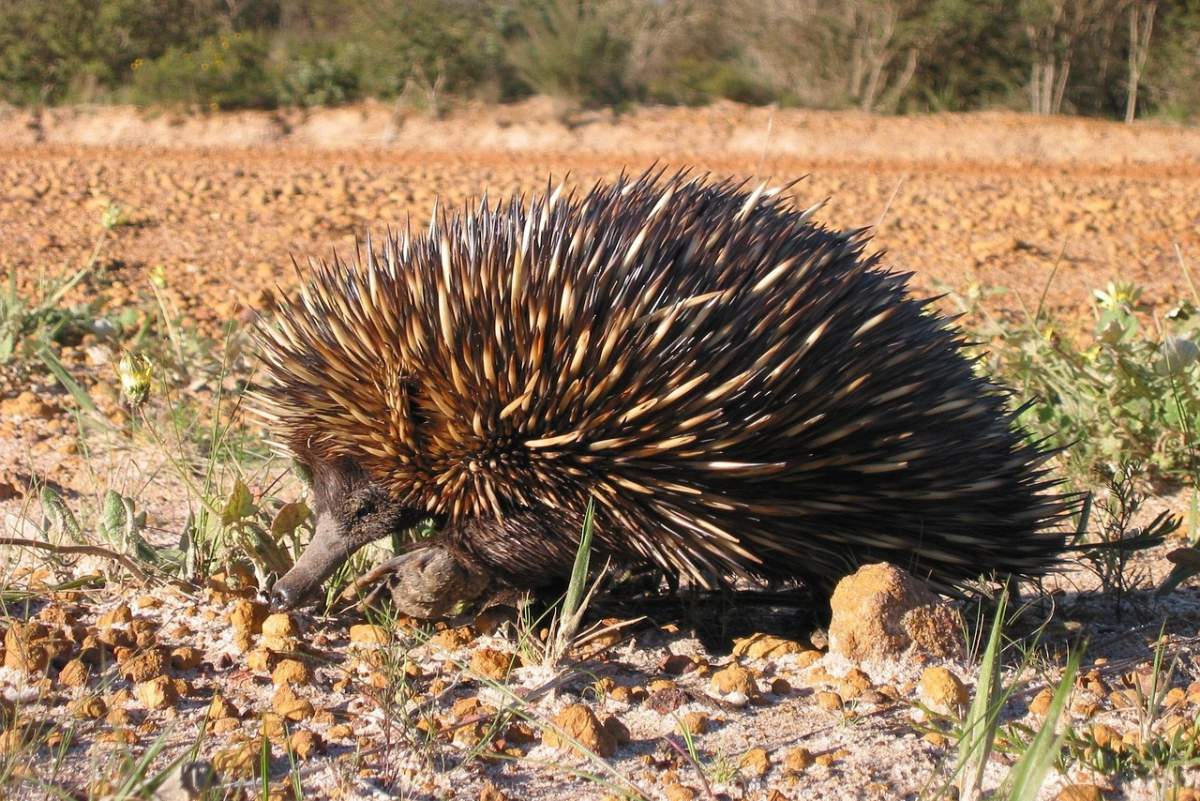
- Name: Short-beaked echidna
- Scientific name: Tachyglossus aculeatus
- Conservation status:
The short-beaked echidna is another species of monotreme alongside the platypus and other echidnas. It shares the peculiarity of laying eggs although it is a mammal, and it can be found all around Australia.
Despite its small size, this small creature has very strong limbs and claws, which allow it to quickly dig a burrow when needed. During the winter, which can be particularly tough, it goes into hibernation and only emerges to mate.
Best spot to see this animal: New England
21. Australian bustard
- Name: Australian bustard
- Scientific name: Ardeotis australis
- Conservation status:
The Australian bustard, also known as the plains turkey or the bush turkey, is a large species of terrestrial bird, common in the grasslands, open agricultural country, and woodlands of New South Wales, northern Australia, and southern New Guinea.
This bird is omnivorous, and although it mainly feeds on fruits and seeds, it can also eat invertebrates, small mammals, reptiles, and birds. It is usually seen walking alone or in pairs and often runs when alarmed.
Best spot to see this animal: northwestern corner of the state
—
So there you have them, these were my 21 wild animals in New South Wales. I hope you enjoyed this list and that you learned something new today.
In case you want to learn more about New South Wales wildlife, feel free to keep reading, as I still have some things to tell you about:
What is New South Wales State Animal?
New South Wales state animal is the platypus.
There are many emblematic animals in Australia, and the platypus is definitely one of them, so it is no surprise that it represents New South Wales, although the state’s coat of arms features a lion and a kangaroo.
The platypus is an animal endemic to Australia, and a unique creature that resembles both a mole, a beaver, and a duck! It can be found in the major permanent river systems in the south of New South Wales.
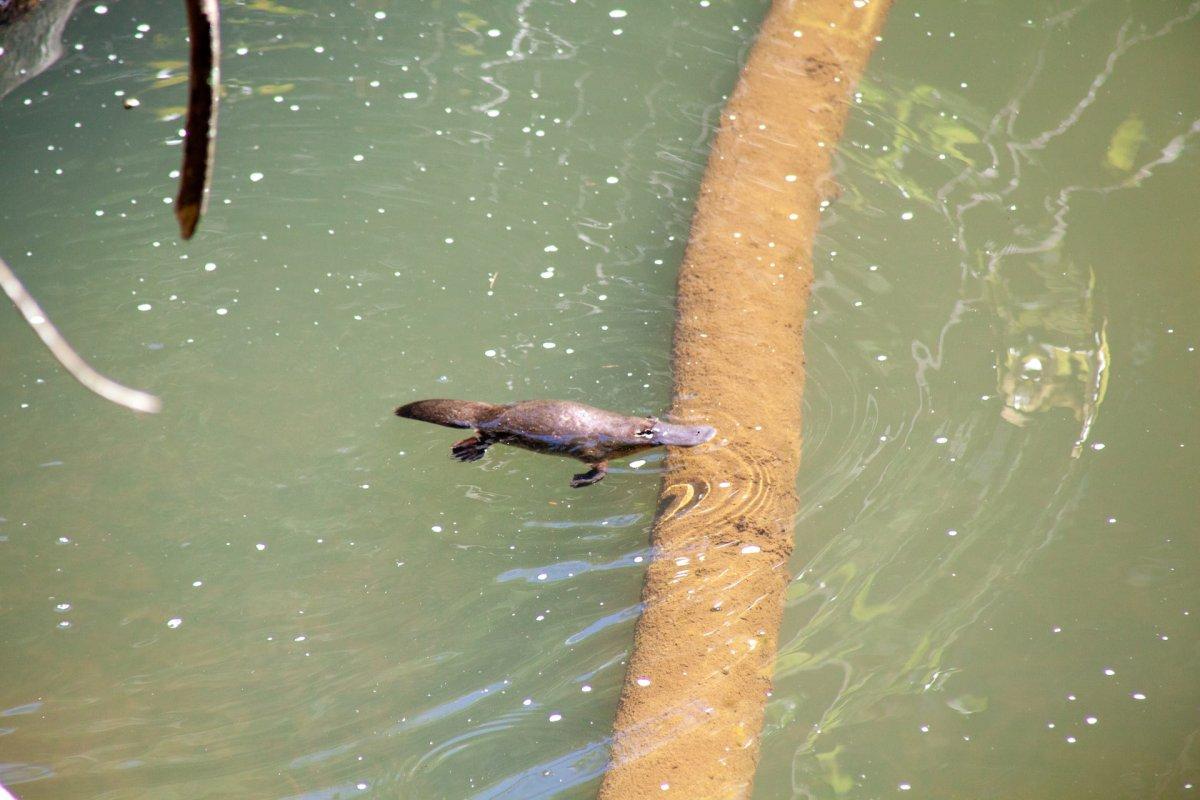
More About Animals in the World!
Loved these New South Wales animal facts?
Find out all Australia’s most popular animals in this post 👉 Top 30 Wild Animals in Australia
Or go deeper into discovering Australian animals through these posts, by state:
- Wild Animals in South Australia
- Wild Animals in Victoria
- Wild Animals in Western Australia
- Wild Animals in Queensland
- Wild Animals in Tasmania
Click here to see ALL the facts on the blog! Spoiler alert: there’s A LOT of them.
Share the knowledge! Click on the buttons below to share information about these famous animals in New South Wales with your friends, and help them learn more about the world 🙂
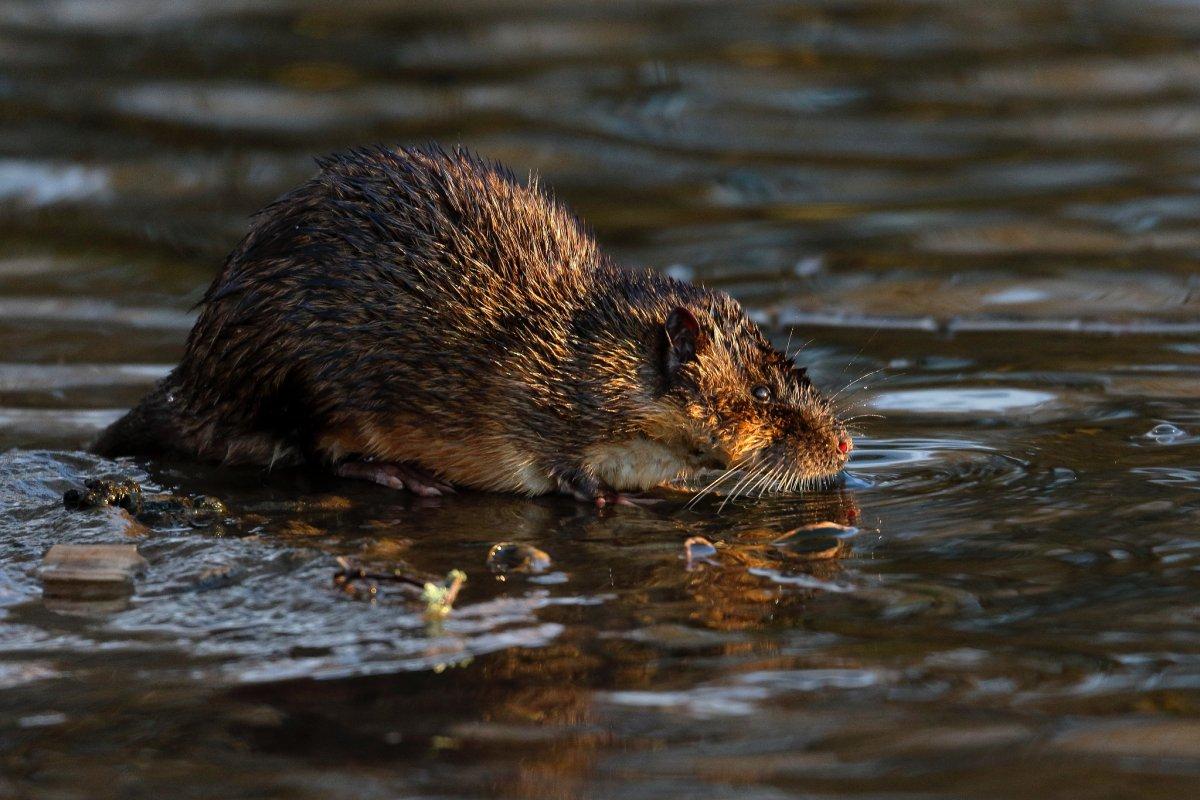
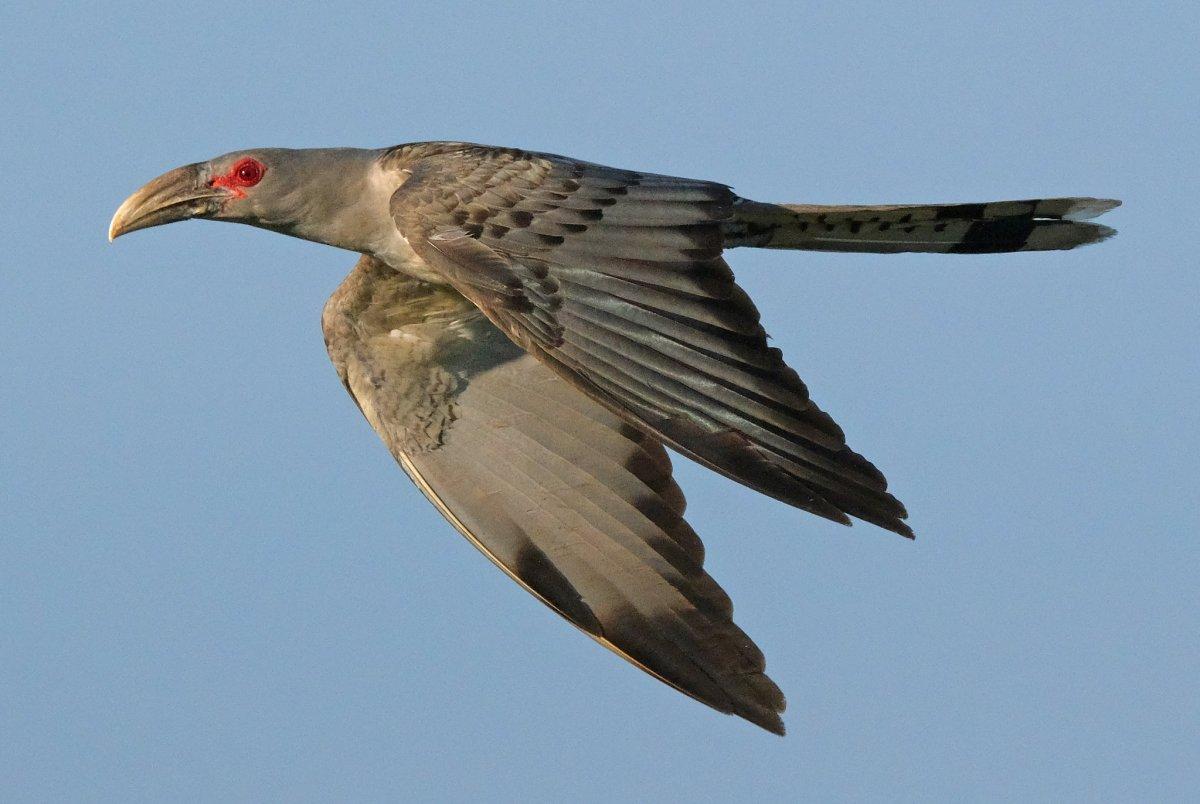
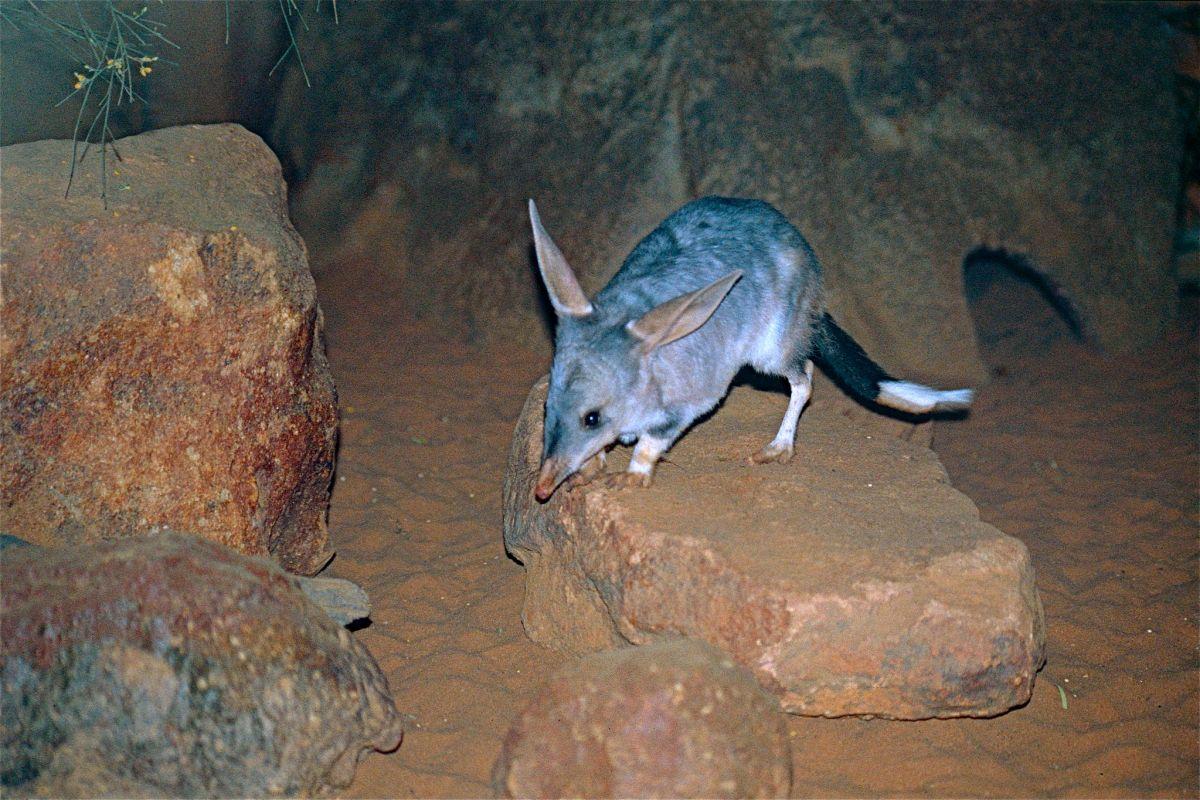
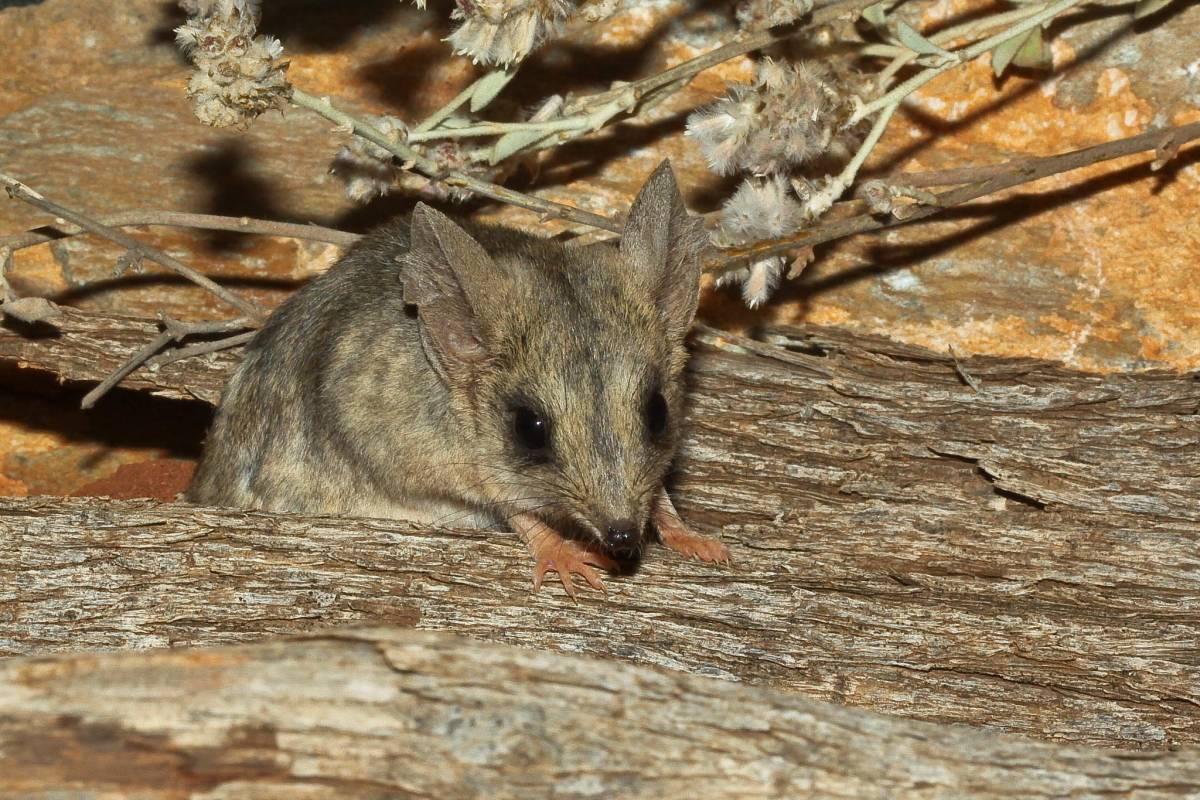
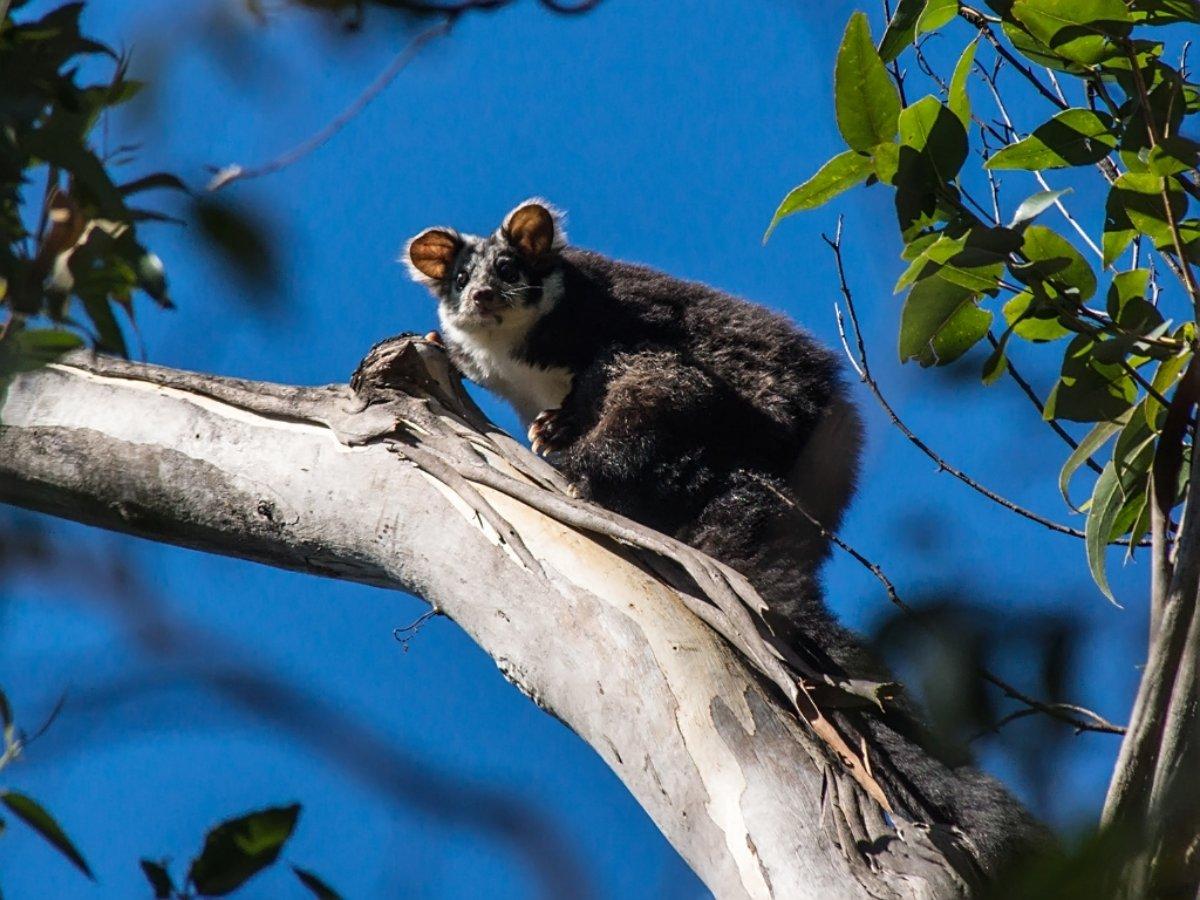
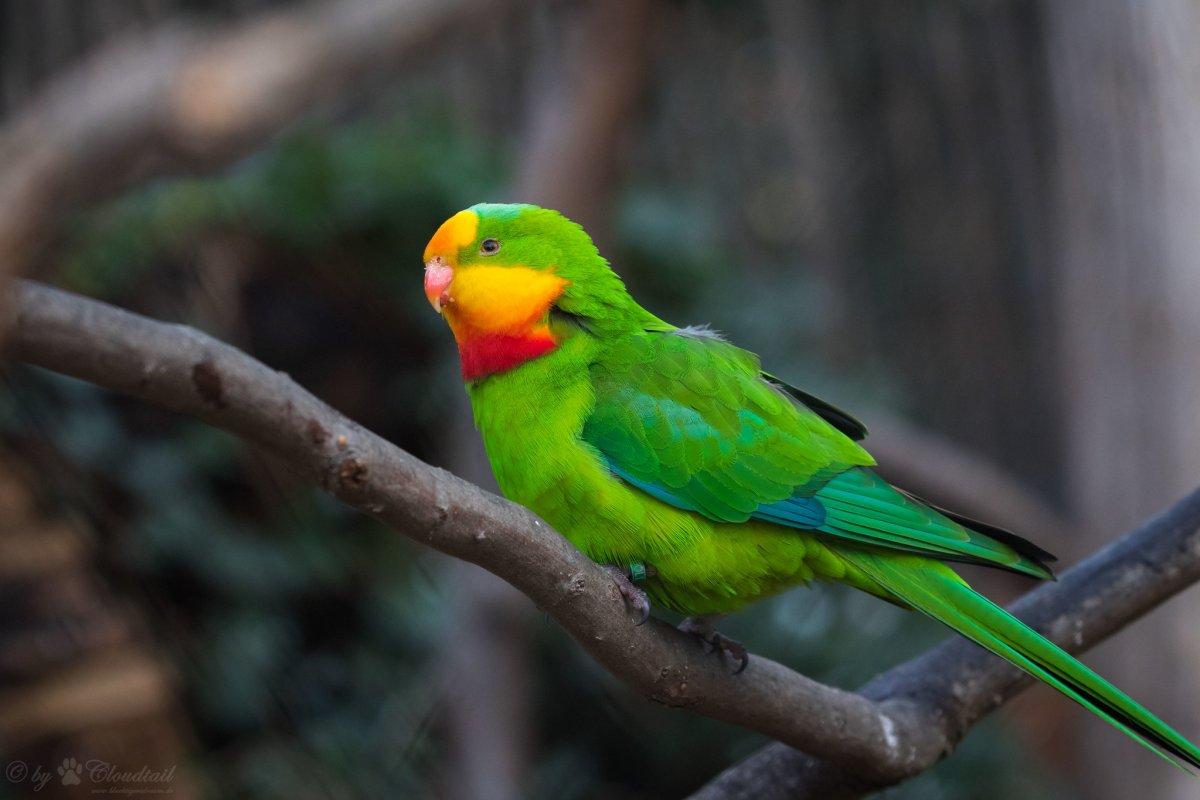
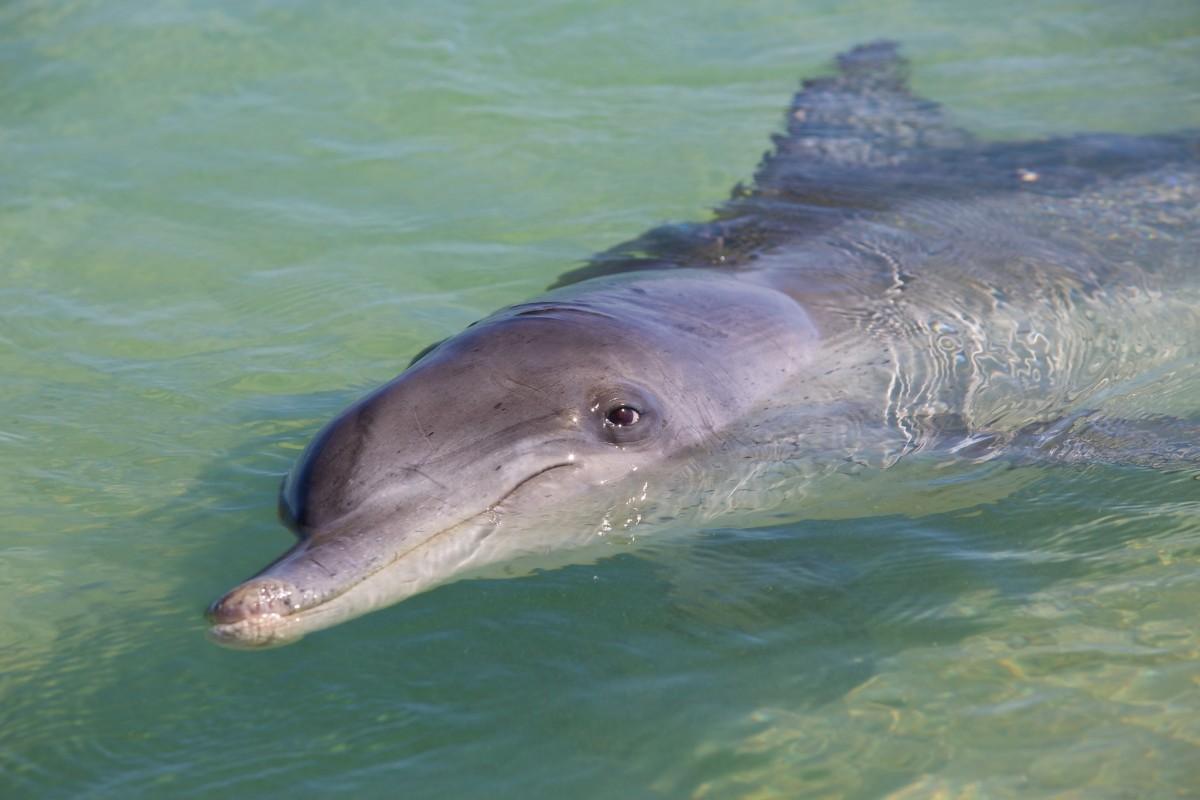
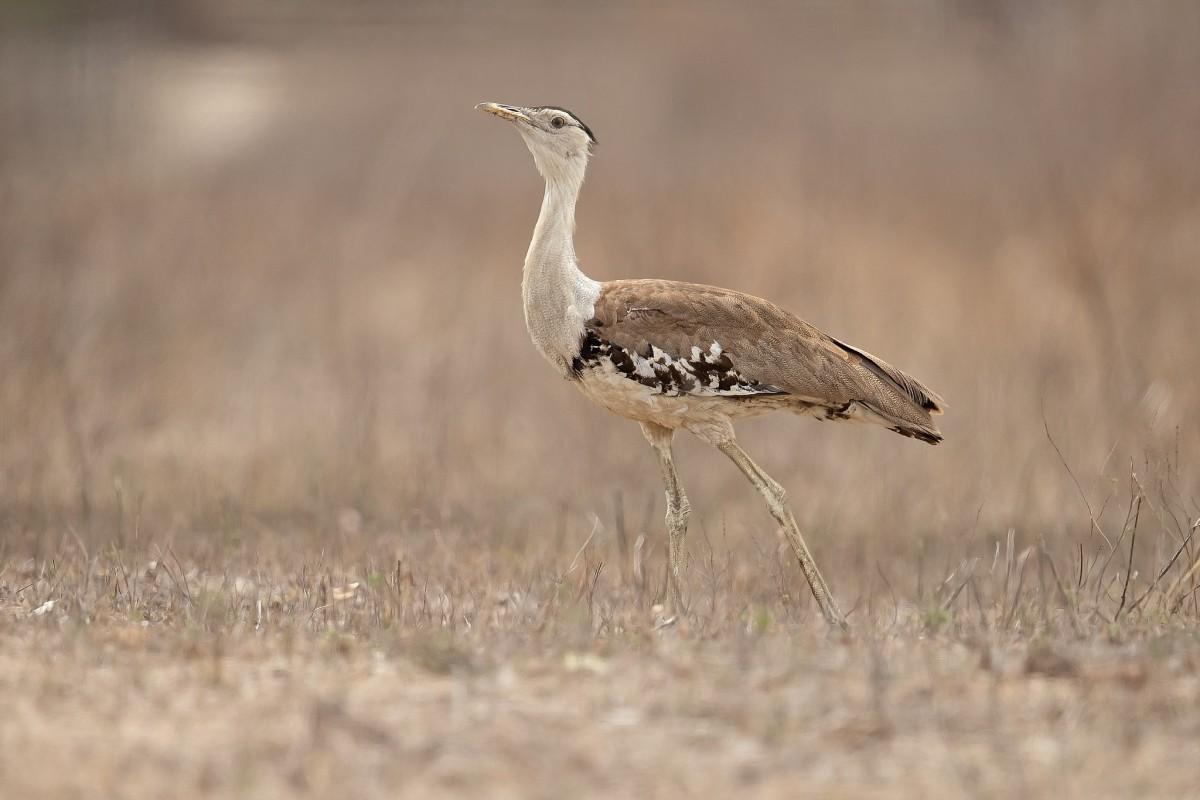

![14 Wild Animals in Ivory Coast [Wildlife in Ivory Coast]](https://www.kevmrc.com/wp-content/uploads/2022/12/14-wild-animals-in-ivory-coast.jpg)
![30 Wild Animals in Arizona [Wildlife in Arizona]](https://www.kevmrc.com/wp-content/uploads/2023/10/30-wild-animals-in-arizona.jpg)
![18 Wild Animals in Morocco [Wildlife in Morocco]](https://www.kevmrc.com/wp-content/uploads/2022/11/18-wild-animals-in-morocco.jpg)